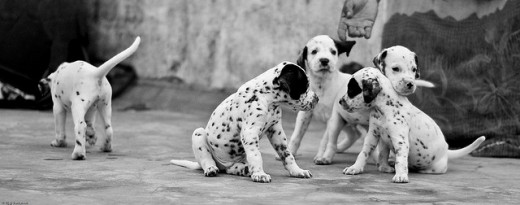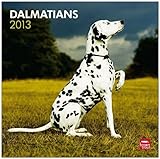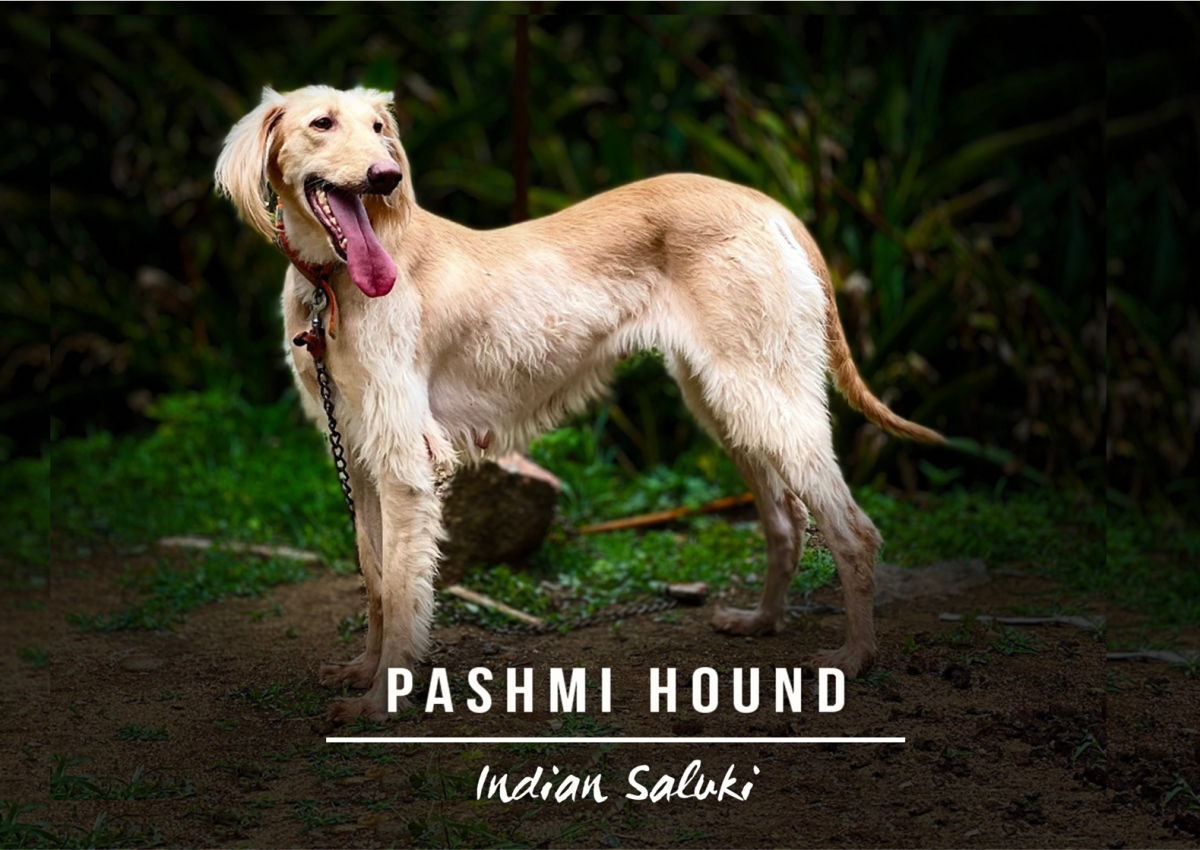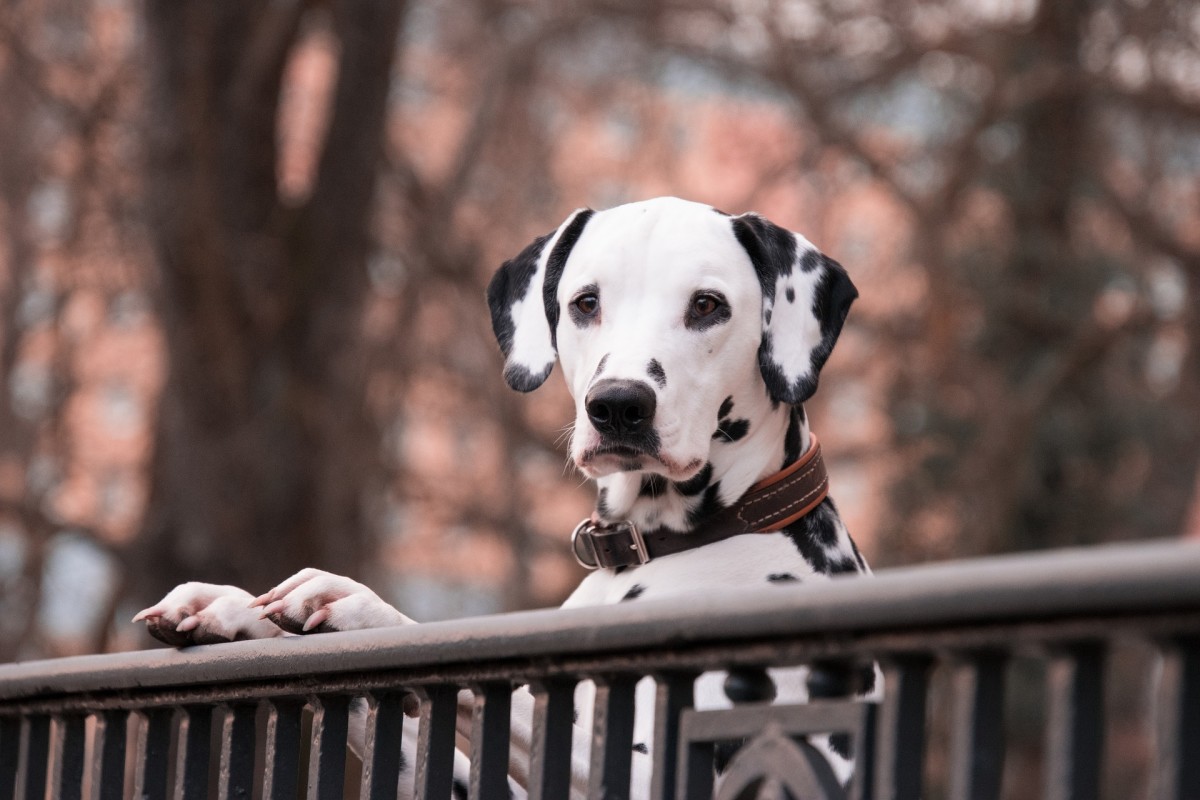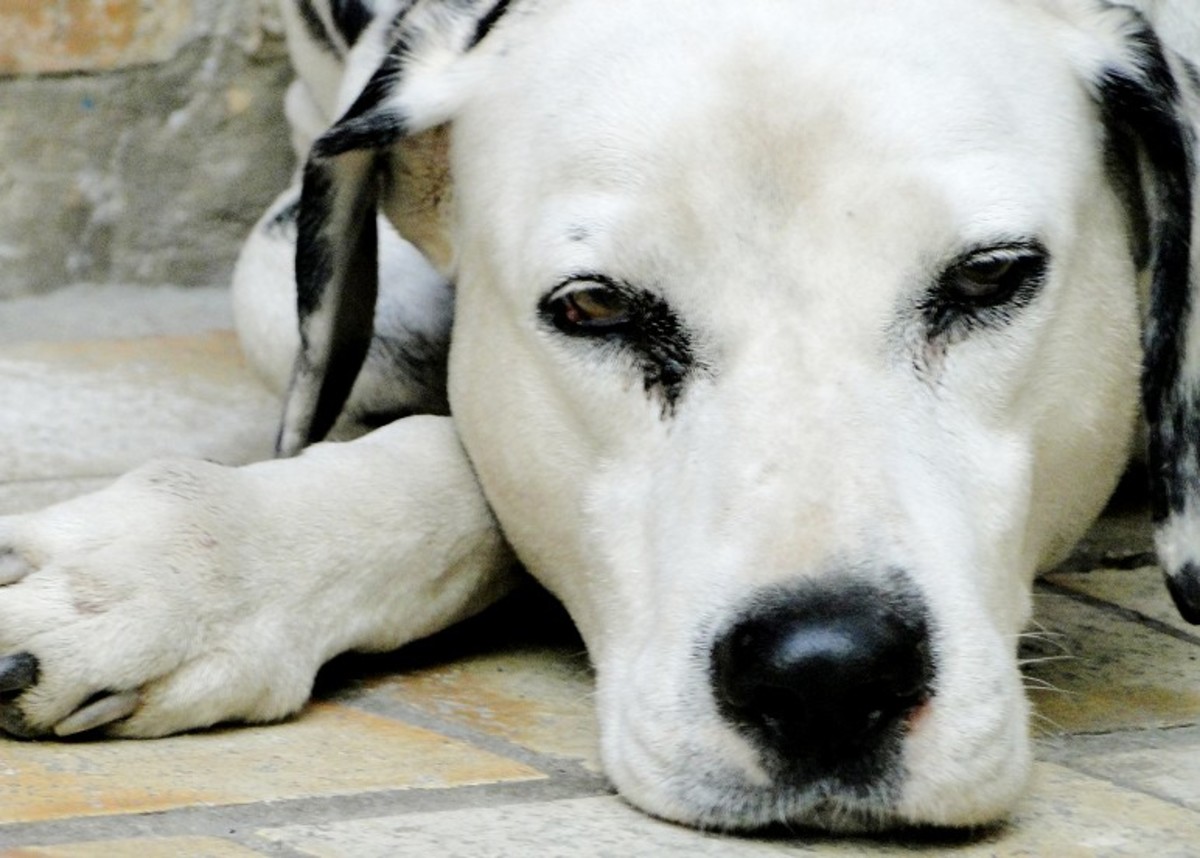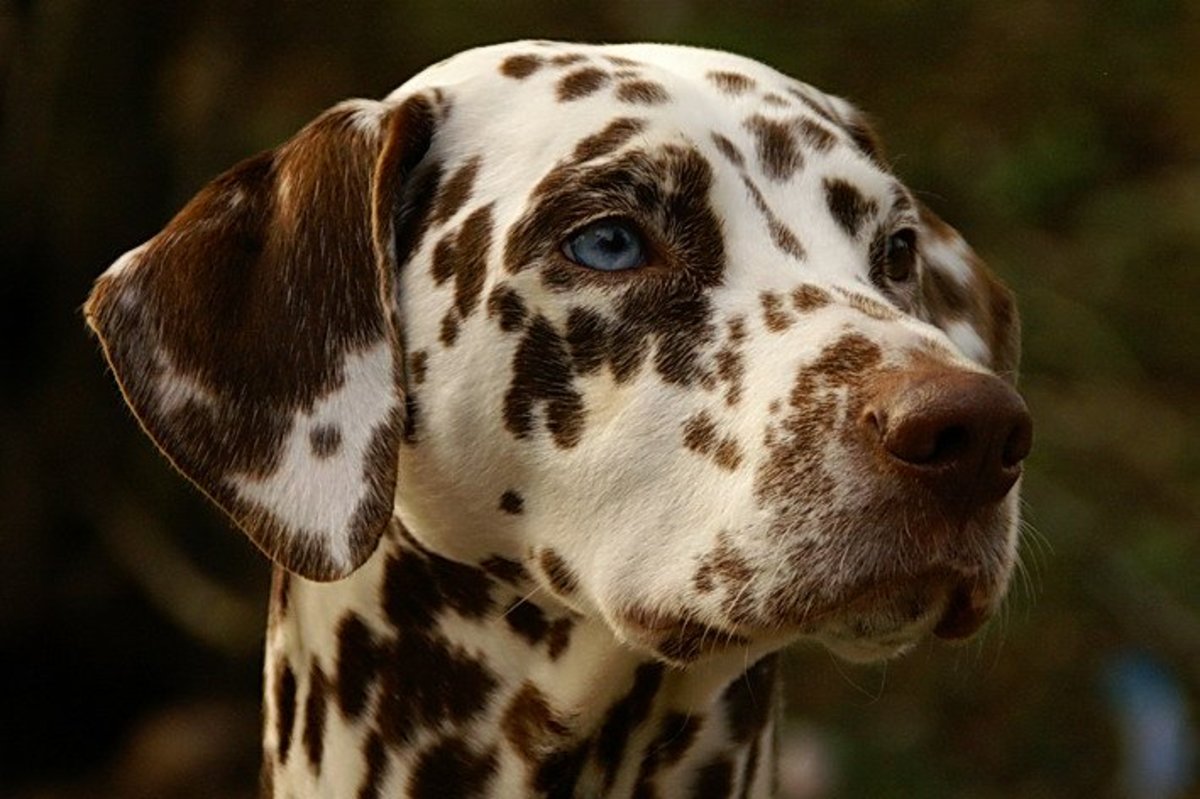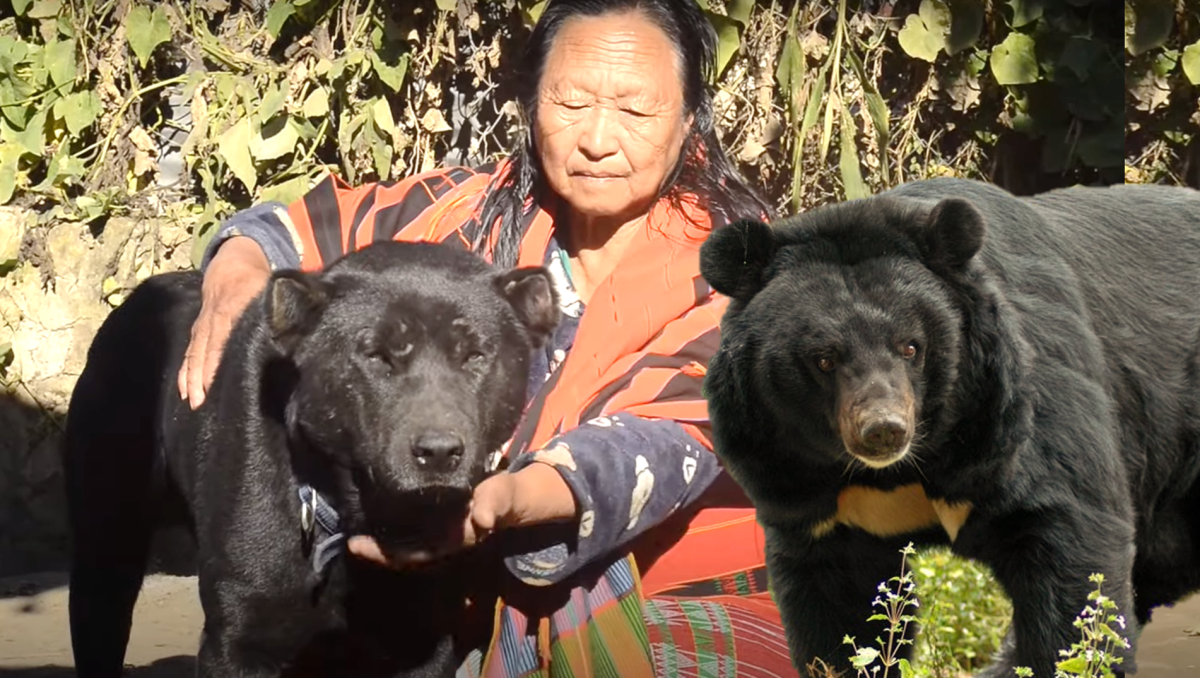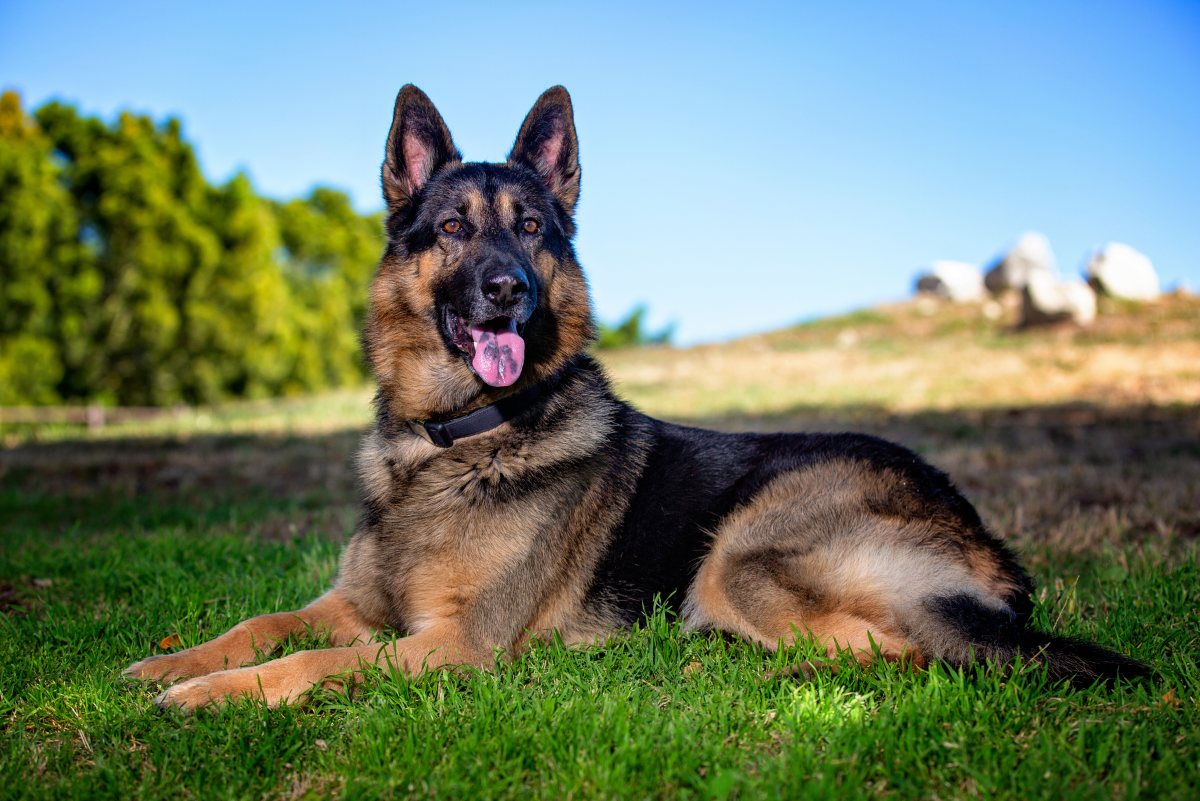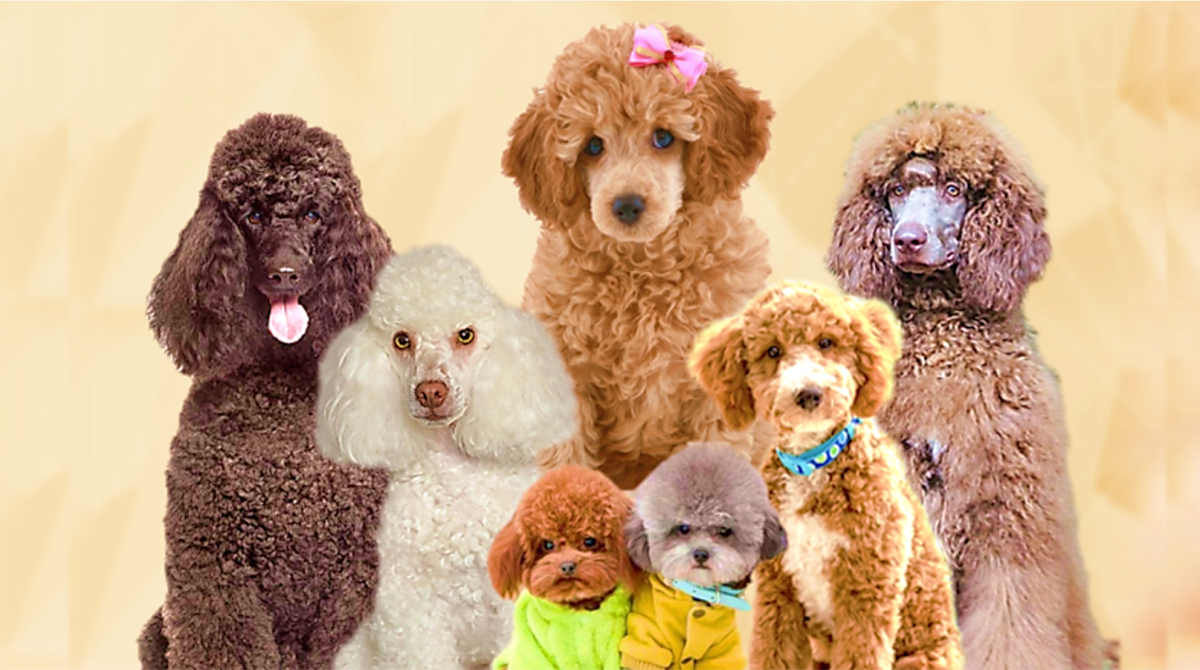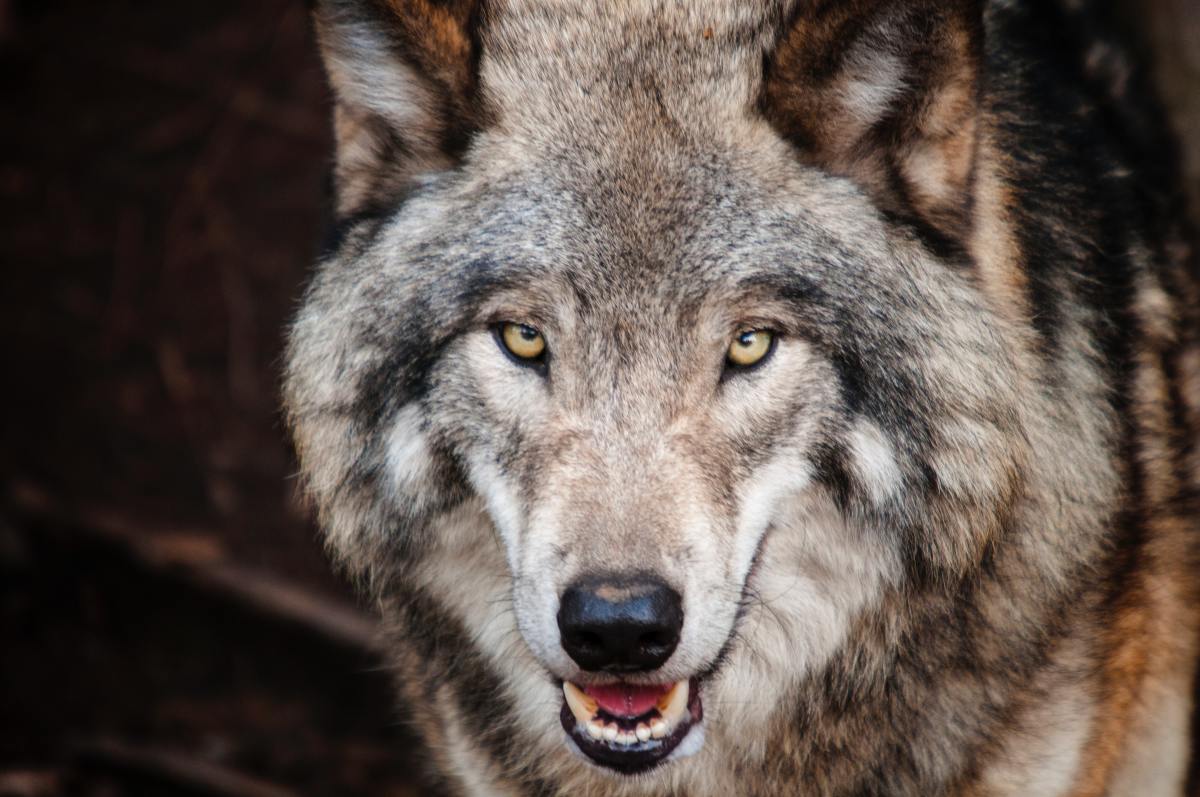- HubPages»
- Pets and Animals»
- Dogs & Dog Breeds»
- Dog Breeds
Dalmatian Breed Information | Doggie Matchmaker
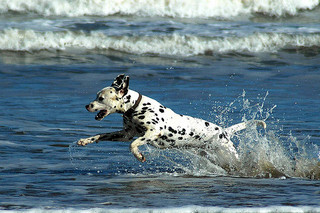
The lovely spotted Dalmatian is unique in appearance, easily recognized by all. With its beautiful coat and permanent tie to Disney's 1961 classic 101 Dalmatians, this breed holds a special place in the hearts of many. The Dalmatian has a history as the official coach dog, built for the speed and stamina needed to keep up with and guard horse-drawn carriages. When this skill carried over to escorting horse-drawn fire engines, the Dalmatian was bestowed the position of iconic firehouse mascot, a role he still bears proudly today.
Standing approximately 19 to 23 inches, the Dalmatian is a sleek but strong breed weighing between 45 and 70 lbs. Puppies are fascinatingly born pure white, with spots beginning to appear at around three weeks of age. While Dalmatians are typically known as the black and white breed, they also come in deep brown (liver) shaded spots. Even lighter colors occasionally occur, but these are considered a disqualification by the American Kennel Club. Dalmatians are naturally clean dogs and do not carry the all too familiar doggie odor; however, they do go through a heavy shed twice a year.
As was intended through history, the Dalmatian is an energetic and athletic dog with incredible stamina, making him an excellent partner for those looking for a dog that can keep up with an active lifestyle. The Dalmatian thrives when involved in sports such as jogging, horseback riding, agility, Frisbee, and hiking. Highly trainable due to a vigorous mind and innate desire to please, he makes a good trick dog and has excelled at rescue. The Dalmatian is rarely aggressive in temperament and makes a devoted family member.
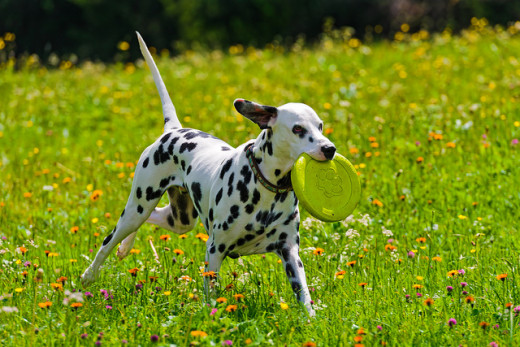
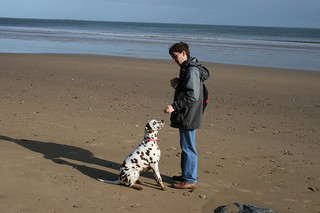
Focus in Training
With his boundless energy and seemingly endless endurance, the Dalmatian is not for the faint of heart and will require firm, consistent training. It is said that nearly 50% of Dalmatians are given up within the first year, most likely due to people underestimating the intensity of the breed. Therefore, it is important to both understand what you are getting into and have a secure training plan in place to ensure that your pup will not suffer the same fate. Here is what you will want to focus on in training:
Willful Attitude – Because the Dalmatian is intelligent, he will take advantage of his owner’s weakness if he sees it. Leadership is important for Dalmatian owners, and committing to the rules you set in place for your Dalmatian will go a long way.
High-Strung Tendencies – If a Dalmatian does not receive the amount of physical and mental exercise he needs on a daily basis, he will become high-strung. This can particularly become an issue if young children are in the home. The best thing you can do for both your dog’s and your sanity is ensure that he is receiving the exercise he needs. Teaching your Dalmatian basic commands will both satisfy his need for mental stimulation and help you to gain control.
Destructive Behavior – Insufficient exercise may also lead to destructive behaviors. Prevent crater-sized holes in your back yard or unwanted new doors in your walls by correcting unwanted behaviors and ensuring your dog is getting the playtime he needs. (Have I mentioned the need for exercise?)
Heel – This basic command will not only save your back from the jolting pull of an on-the-go Dalmatian, but will also teach your dog patience and respect – traits that will prove invaluable on those days you have time for just one three-mile run.
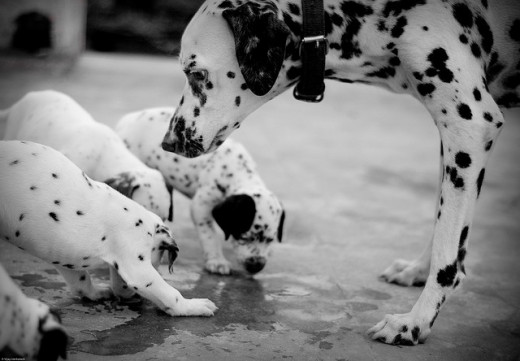
Health Concerns
Dalmatians typically live between 10-12 years, giving their owners many years of playful partnership. They have a propensity for skin allergies and urinary stones, and very occasionally develop hip dysplasia. The greatest health concern in Dalmatians, however, is their relatively high risk for deafness. Approximately 10-12% of Dalmatians are born deaf, and so puppies should be tested around 6 weeks of age. It is possible to raise a very happy and well-balanced deaf dog, but these pups should be spayed and neutered to help prevent the increase of occurrence.
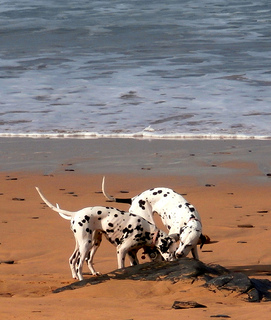
Dalmatian Style
A dog is a long-term commitment and should never be picked based on trend, popularity, or appearance alone. With that in mind, let’s take a look at this beautiful breed in fashion.
With such a striking, gorgeous coat, the Dalmatian is a fashion statement of his own accord. Designers such as Fendi, Dulce & Gabbana, Di Beatrice, and Rodarte have drawn inspiration from his style, bringing classy black and white ensembles to the runway, and incorporating actual Dalmatian prints in true Cruella de Vil form (faux fur only, of course!).
Fashion designer Yves Saint Laurent went beyond simply using the prints in his designs and became the owner of one of these lovely creatures. Other stylish owners of this breed include Gloria Estefan, Sarah Ferguson (Duchess of York), Ingrid Bergman, and Marlon Brando.
Perfect Dalmatian Names
If you have come to the conclusion that the Dalmatian is your perfect match – congratulations! It is a truly unique and beautiful breed. I offer you these suggestions as inspiration in your search for the perfect name:
If you want something classic, skip the boring Spot or Patch and opt for something more charming like Pongo, Perdita, or Pompier (firefighter in French).
If you love the fashion surrounding this breed, why not pay homage to a designer with Yves (Saint Lauren), Diane (von Furstenberg), Marco (de Vincenzo), Louis (Vuitton), or Proenza (Schouler)?
If you would prefer something more sporty, perhaps Chassis (vehicle frame and running gear), Mia, or Dani will do for a girl; Puma, Benz, or G.T. (Grand Touring) for a boy.
